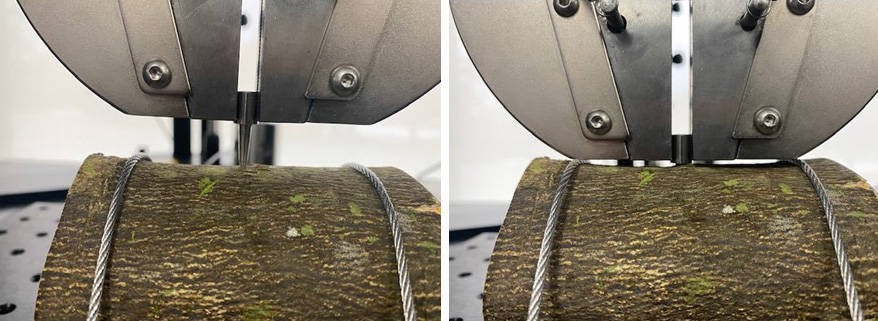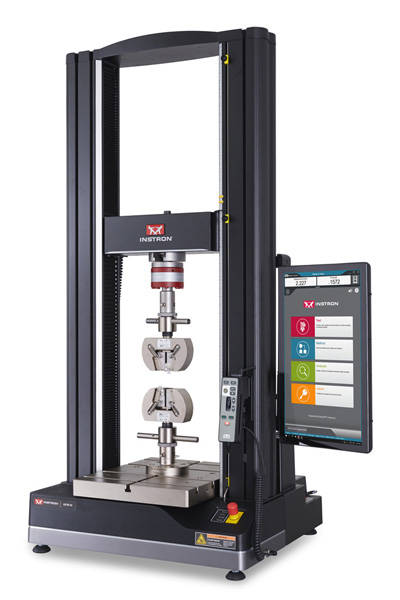I Hope This Tree Isn't Afraid of Needles!
Tales from the Apps Lab | Volume 3
I’m Sammi Sadler, an Applications Engineer at Instron. In previous volumes of Tales from the Apps Lab, we defined what an applications engineer is and discussed what a typical day is like in our shoes. I laugh when at the word “typical” due to the fact that no day in the lab is predictable nor normal. In Volume 3 of Tales from the Apps Lab, we will be taking another look at a unique application with needles and trees.
Yes, you read that right: needles and trees. A soon as I saw this testing request come in, I took it for myself to see what this could be. Materials that we typically see come across our desks are manufactured, not something that grows in your back yard. As Pawn Stars says so eloquently, “You never know what will walk through that door.” This request came in from the University of Florida as a research project to investigate the force it takes to inject and remove different needle heads into a variety of tree diameters to ultimately deliver medicine to the core.

A standard test method for injection would consist of a compression load and then a tensile load to remove the needle. The difficult part is determining the gripping solution that works for the multiple diameters of the trees provided. The smallest tree specimen was just small enough to fit between Instron’s 50 x 50 mm serrated jaw faces in a 5 kN Advanced Screw Side Action Grip. Leaving a very small amount of room to firmly grip the specimen, the test began and was determined to be less than ideal due to the tree slipping through the grips.
A new approach was taken to firmly grip the tree and a component test plate was incorporated into the load string. To securely fasten down the tree on the test plate, a metal cable was wrapped around the trunk and held in place by a variety of washers and screws. Delivering the needle into the tree trunk was found to have an injection force of 2 kN for all diameters of trees and each type of needle. The ending recommendation to test the trees ended up being a T-Slot Table due to its high force rating while a wedge grip with vee-serrated faces held onto the needle.
This test required me to think even more outside the box than most of our application requests. Even from the large range between the three Tales from the App Lab, we have not seen everything yet! Tune in next time to see what else we will encounter.


Applications Engineer